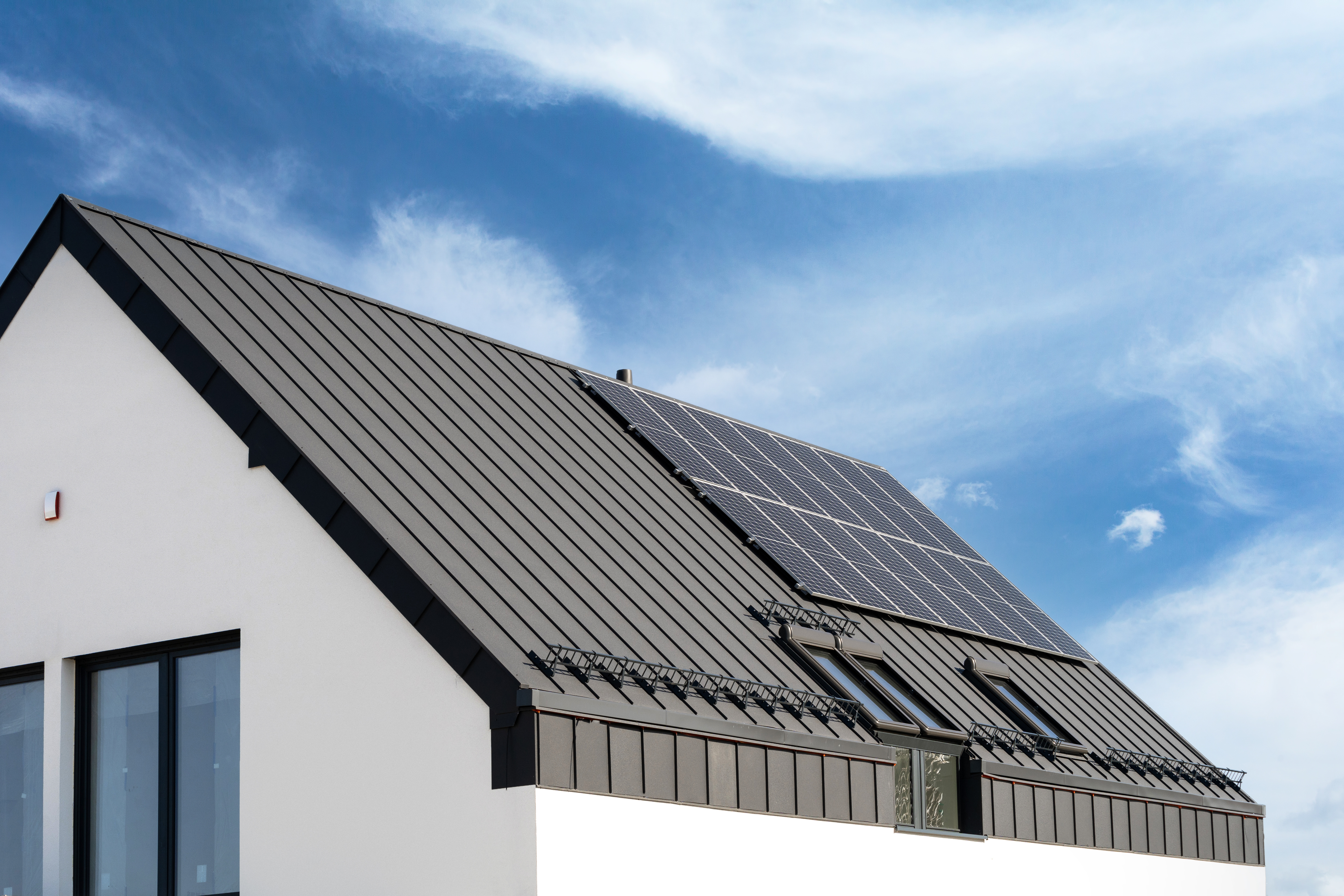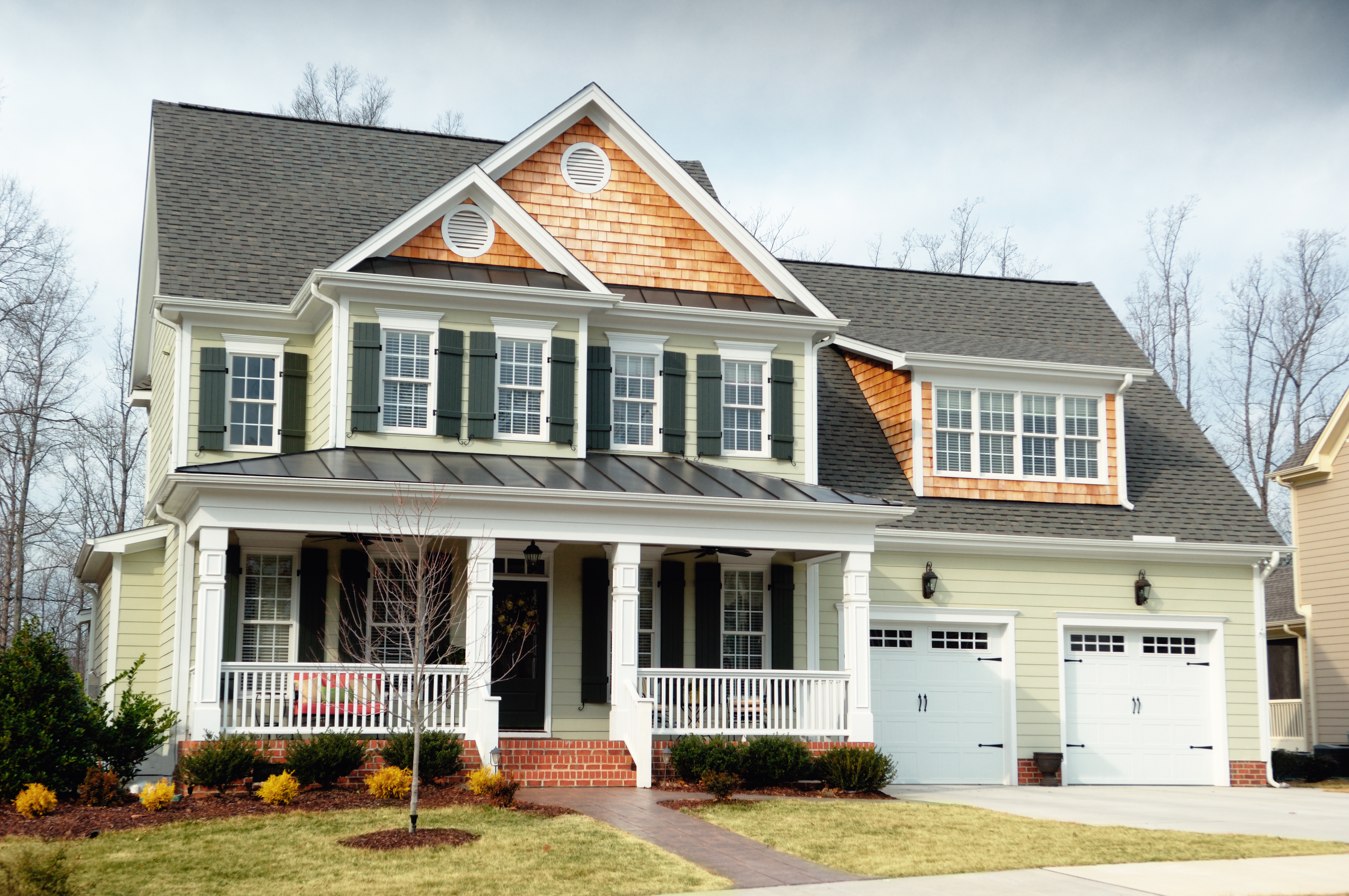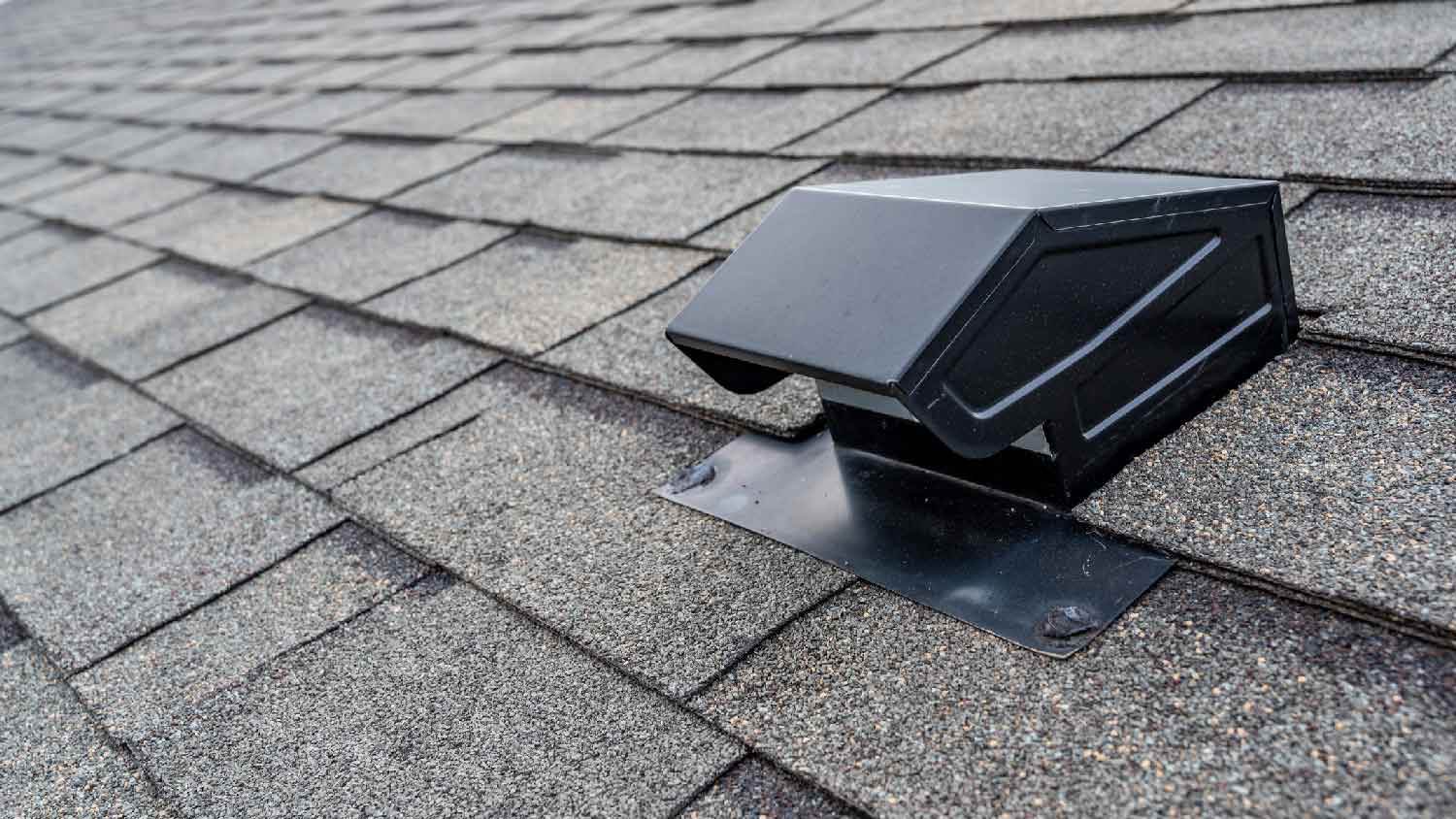
A metal roof can defend your home against Ohio’s varying weather conditions. Learn how much a metal roof costs in Columbus, OH.
Give your metal roof a little breathing room


Installing a metal roof over shingles can create ventilation and structural problems.
Wood furring strips create space between roofing layers that can add ventilation.
A qualified roofer can determine if you should install a metal roof and furring strips over your shingles.
If you’re looking to save money on installing a metal roof, you may be tempted to install your new roof over your existing shingles. While this isn’t a good option for all roofs, adding furring strips—strips of wood installed between the shingles and metal roof—can add ventilation and prevent moisture and structural issues. Our guide breaks down all the reasons you should use furring strips when installing a metal roof over shingles.
While you can install a metal roof over shingles without furring strips, it can lead to serious roof issues later on. When you’re trying to decide between a metal roof and shingles, using both materials may seem twice as good, but it can cause twice the problems instead.
Furring strips installed between the shingles and metal roofing add airflow and ventilation. Without added ventilation, moisture will build up between the roofing layers, leading to mold, rot, leaks, damaged roofing material, and more.
Roof replacement costs can make quite a dent in your bank account, and not removing old shingles or failing to install furring strips can lower the price tag of a new roof. Unfortunately, the cost savings is the only real benefit to not using furring strips when installing a metal roof over shingles.
Aside from the ventilation problems that not using furring strips can cause, installing a metal roof over shingles without furring strips may violate local building codes or cause your homeowners insurance premiums to increase due to the high risk of damage.
One of the benefits of metal roofing is its lightweight construction, and installing a metal roof over shingles makes the whole roof structure very heavy. Similar to some problems with two layers of shingles, installing metal roofing over shingles can also hide and worsen existing damage and cause your new roofing to deteriorate much faster than it normally would.

If you want to skip furring strips with your metal roof, you should tear off all existing roofing material before installing the new roof. A properly installed metal roof will have adequate ventilation, but installing one over shingles requires furring strips for necessary airflow.
Because metal roofs have specific installation requirements, a qualified local metal roof installer will be able to ensure your roof has enough ventilation and isn’t susceptible to moisture damage. Choose a roofer with experience installing the roof style you’re interested in so you know the job is done right.
You should always use furring strips when installing a metal roof over shingles. In many cases, even new metal roof installations after a tear-off also require furring strips—check with the manufacturer and roofer to clarify if this is a necessary step.
If you’re installing a metal roof over shingles, the money you may save by skipping this step is likely to pale in comparison to future repair costs, higher insurance premiums, building code violation fees, and higher energy costs. You can save on metal roof costs in other ways, including using a thinner metal roofing gauge or opting for a less expensive metal.
From average costs to expert advice, get all the answers you need to get your job done.

A metal roof can defend your home against Ohio’s varying weather conditions. Learn how much a metal roof costs in Columbus, OH.

Learn about roof replacement costs in Columbus and what factors are at play to budget accurately and make sure you’re getting a fair price.

Dealing with a visibly damaged roof or leak? Learn about roof repair costs in Columbus to see how much you’ll need to budget for a permanent solution.

Painting a metal roof helps it look great and last for decades. Use this guide to learn how to paint a metal roof, whether you DIY the job or hire a pro.

Sharpen your skills and smooth your cuts with this DIY guide to cutting metal roofing. We cover everything from measurements and safety gear to which tools will give you the cleanest cut.

This guide lays out the cost to install a roof vent on your home depending on the type of ventilation that's best for your roof based on several factors.